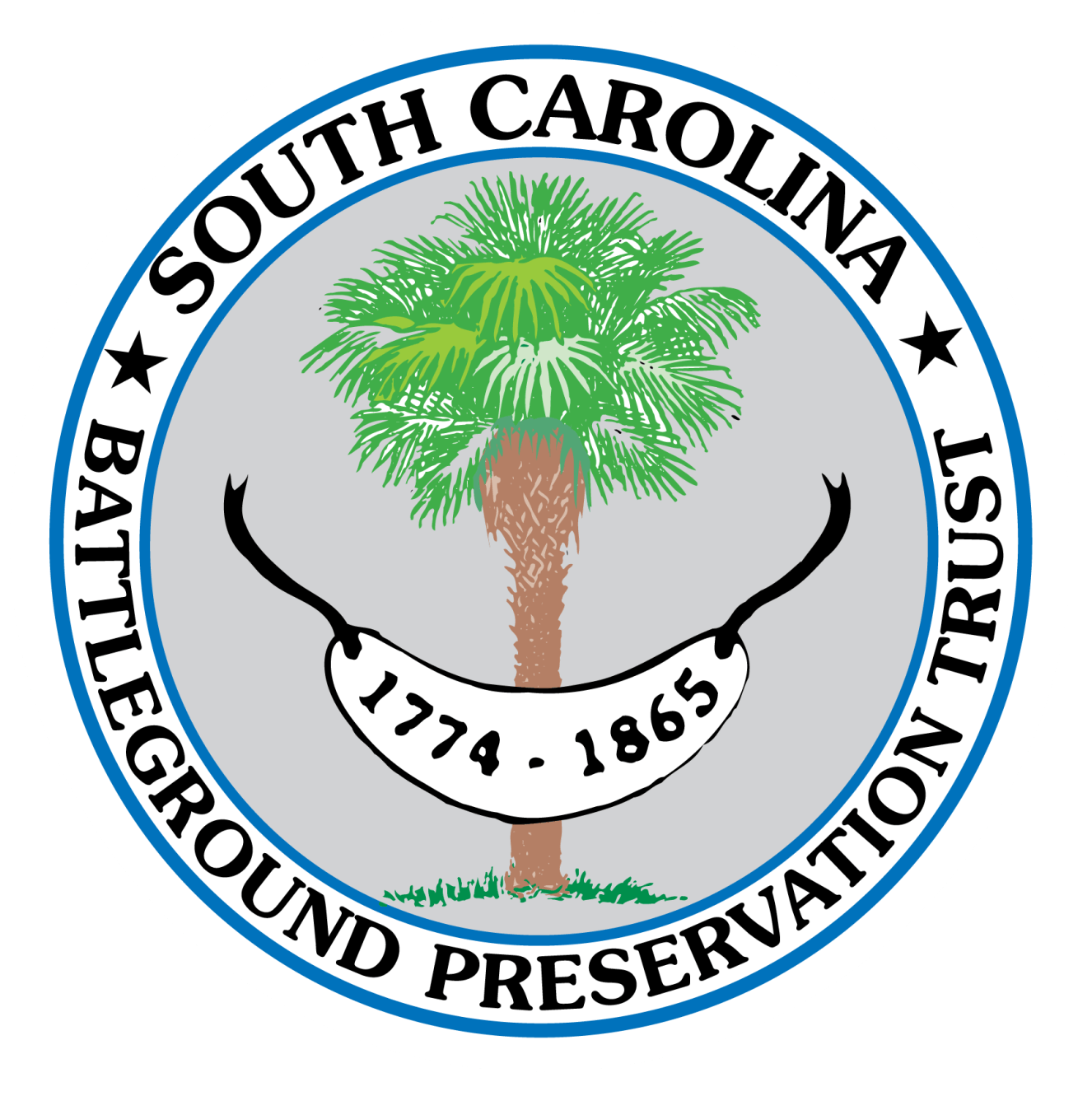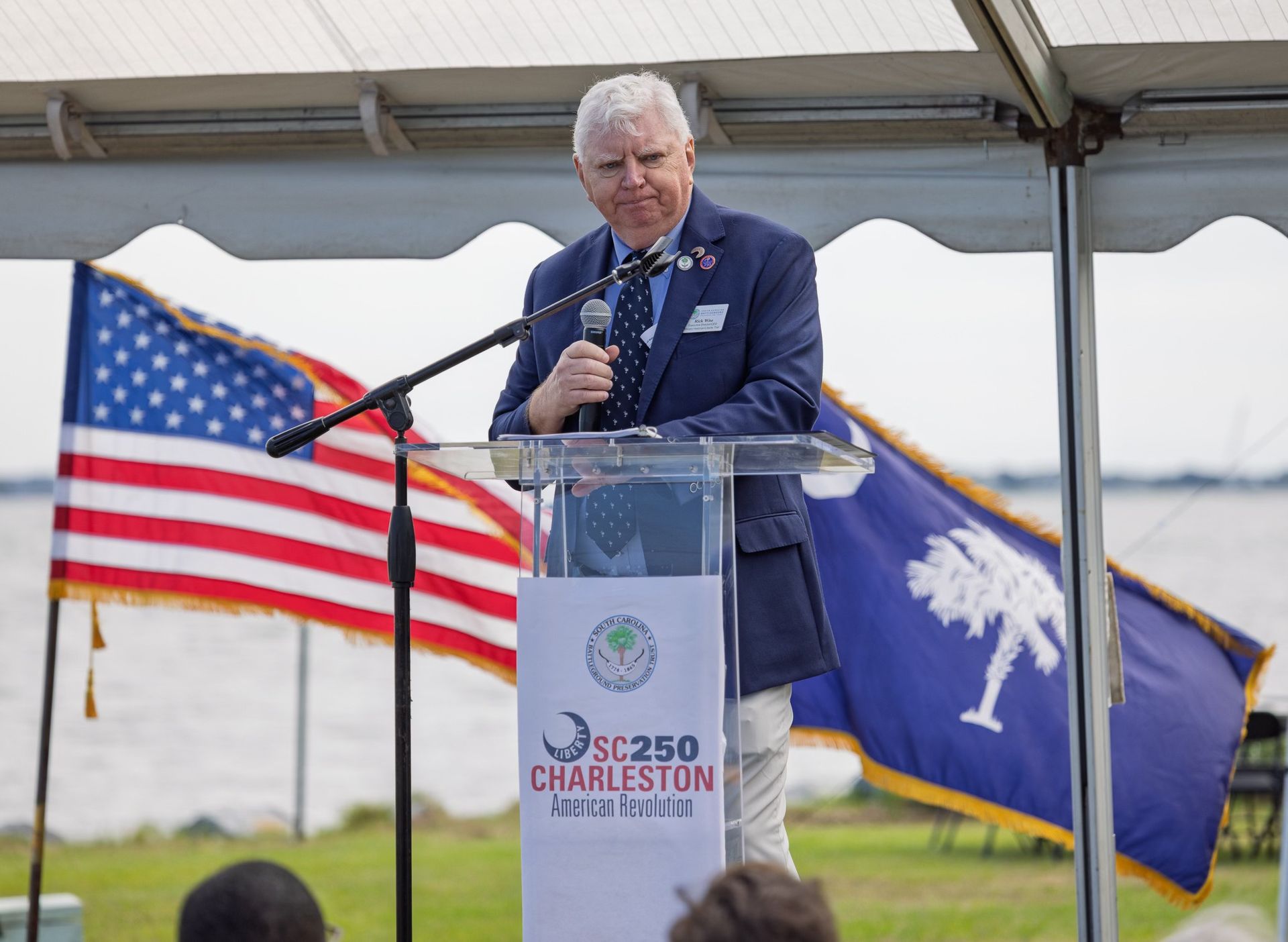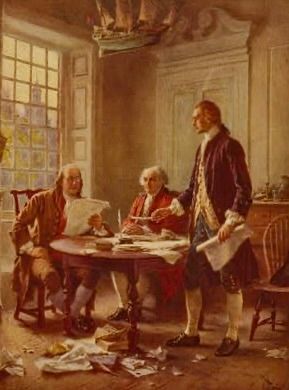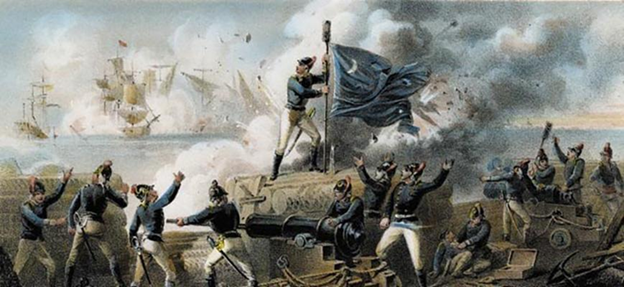Behind the Scenes of the Marion Papers
Family ties and beach vacations colored with Disney’s Swamp Fox, not just the makings of a memorable childhood for historian David Neilan, but also the backdrop of a lifelong obsession with General Francis Marion. Retirement opened a window for David to pour his energy into an ambitious project to gather all the known letters and material related to Francis Marion, with a vision of creating a comprehensive manuscript. His compilation of those resources, combined with Marion’s Orderly Book entries, created a very accurate chronological view and insights into Marion’s actions during the Revolutionary War. While an unfortunate medical setback paused the publishing of his work, the late Charles Baxley, Commissioner of the SC 250th, and a friend of Dave Neilan, acquired the rights for the SC 250th to publish the manuscript, ensuring Neilan’s work would be shared, not shelved. Further, Baxley’s desire was for the work to be put into context with other events going on other places during the war, have biographical references, and also be available to the public at no cost. He then called upon his personal friend and author, the late Doug Bostick, Executive Director of the SCBPT to form a team who would ready the work for publication.
Rick Wise and Ben Rubin were tasked as editors to review the manuscript, add military history- based analysis and context, incorporate the biographies, and generally get the manuscript ready for peer review for publication. The first work was done by August 2023, and then with Charles Baxley’s input, further revisions were done to provide even more detail to the over 600 letters and other documents involved. Dr. Jim Piecuch and Dr. Steve Smith conducted the peer review and greatly helped with ensuring the citations and other important aspects of the work were correct. The manuscript was then placed into the very capable hands of Vally M. Sharpe of United Writers Press in Asheville, North Carolina that did an outstanding job in arranging the work into a configuration that the reader will enjoy.

The pages presented in what will be three volumes (1759-1780; 1781; and 1785-1795) will in many ways confirm what we know of Marion, and in some ways change what was thought before. With no fault of their own, prior historians and biographers did not have these primary sources for reference. The letters have disproven some long-lasting assumptions.
Among the discoveries hidden within the papers of Marion was a common assumption turned upside down. Historians have long presumed that Marion did not respond to Thomas Sumter’s requests for support during the Round Campaign – February to early March 1781, that he was silent or drug his feet, so he did not have to serve under Sumter. Our research proves that Marion was indeed a duty-first guy, and he did respond several times. It was purely circumstantial that Marion’s troops were not able to join.
We look forward to your discovering new facts for yourself
within the pages of what is a significant contribution to our understanding of the Southern Campaigns of the American Revolution and the life and history of Francis Marion;
and hope you’ll consider supporting our work to research, protect and interpret the important history of our state.




